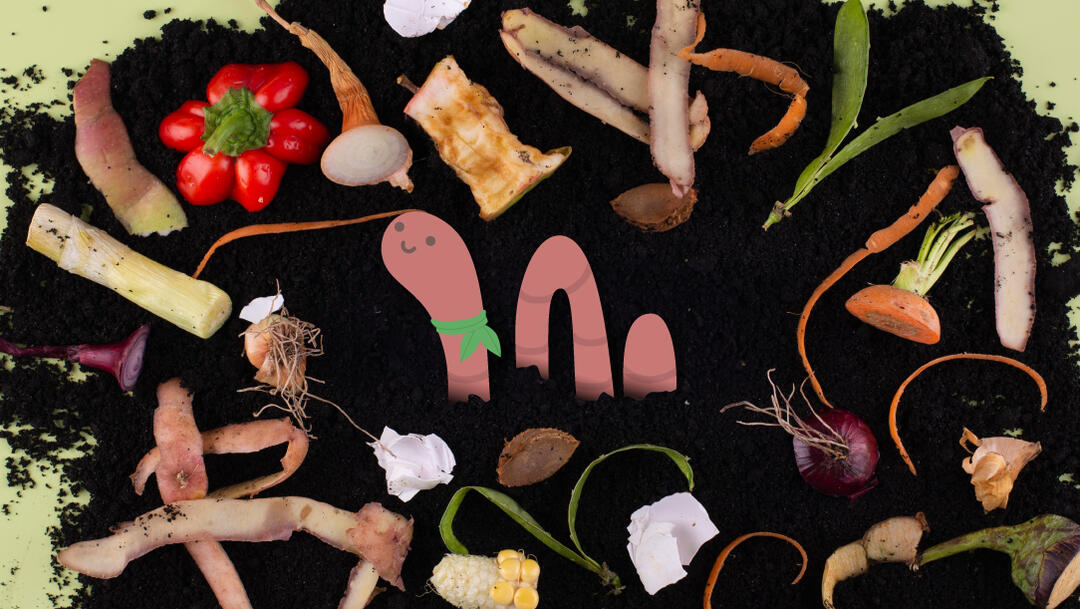Composting Basics
Composting is the natural process of recycling organic matter. That means separating leaves and food scraps from your regular waste and letting it break down into compost.
Keeping Our San Diego Bay Clean
Roughly one-third of the world’s food is wasted every year. Some of this waste ends up in the landfill and unfortunately, can also end up in our San Diego Bay. The process of creating compost at home from our food scraps can help divert this waste from the landfill, reduce run off, and keep our bay beautiful.
Additional Reasons to Compost
- Compost reduces greenhouse gasses
- Promotes healthy soil by helping strengthen soil structure
- Reduces the need for harmful chemical fertilizers
Creating compost can be as easy as throwing your orange peels, yard trimmings, and leftovers into a green bin and letting time do the rest! Let the Port’s own #ThatsMyBay environmental steward, Wilma the Worm, give you the run down.
The Many Ways You Can Get Started With Compost
Backyard Composting Basics
The idea behind static composting in the backyard is to create a compact pile of green and brown waste that will naturally reach a high temperature and break down into a nutrient-dense compost.
Great For: Single-family homes with a backyard
How To:
- Step 1: Create a compact (4 x 4 x 4) pile of your green and brown food waste.
- Step 2: Once a week, aerate your pile by tumbling, turning, or tossing it.
Useful tips:
- Ensure your compost pile is protected by covering your green waste completely with brown waste.
- Leave out waste containing oil, meat, or dairy.
Featuring: Walter Andersen Nursery
Bokashi Basics
This is an anaerobic composting method developed in Japan that uses inoculated bran to create compost.
Great For: Small living spaces or if you have limited space available
How To:
- Step 1: In an airtight container, add your Bokashi bran and food scraps.
- Step 2: In two or three days, check on your bin and drain the liquid if necessary.
Useful tips:
- One cup of Bokashi bran can ferment one bucket of food scraps.
- A great practice to try for your household is bucket rotation. As you fill, ferment, and empty each bucket, rotate them!
Featuring: Solana Center for Environmental Innovation
Vermicomposting Basics
This is a compost method that utilizes the help of worms (like Wilma!).
Worms eat food scraps and natural substances and can create nutrient-rich soil while breaking down green waste.
Great For: Single-family or apartment living
How To:
- Step 1: Prep your bin with a layer of bedding made from cardboard, leaves, wood chips, or other breathable material. Spray with a little bit of water to moisten the surface.
- Step 2: Add your worms and give them a week to acclimate to their new environment.
- Step 3: Start adding your food scraps and after a week, layer with a little more bedding.
Useful Tips:
- While you’re prepping your bin, avoid using materials that have been treated with chemicals, like office paper. This will help ensure your worms can breathe.
- Pay attention to how your worms are digesting the food waste! As a general note, try feeding them in smaller amounts at first.
- Minimize the use of citrus in your bins.
Featuring: The Living Coast Discovery Center
Helpful Composting Information and References
Stay up to date with composting lingo and information with this handy reference collection.
-
Words & PhrasesWords & Phrases
Organic matter: Part of soil that consists of plant or animal tissue in various stages of breakdown (decomposition).
Food scrap: Parts of food items typically discarded rather than eaten.
Vermicompost: Worm manure considered by many in horticulture to be one of the best soil amendments available. The nutrient content of vermicompost helps promote plant growth and is dependent on the types of materials fed to the worms, such as food waste and manures.
Bokashi: The name bokashi is transliterated from spoken Japanese (ぼかし) and is believed to mean “fermented organic matter”.
-
Waste TypesWaste Types
Green Waste: Nitrogen-rich material
Food and vegetable scraps, most grass clippings and yard trim, coffee grounds and paper filters, paper tea bags (no staples), crushed eggshells.
Brown Waste: Carbon-rich materials
Dry leaves, plant stalks and twigs, shredded paper (non-glossy, not colored) and shredded brown bags, shredded cardboard (no wax coating, tape, or glue), untreated wood chips.
-
Tools & SuppliesTools & Supplies
Compost Bin: An enclosed structure that keeps your composting material together and helps to retain heat and moisture.
Bucket, airtight container, tumbler, and more.
Bokashi Bran: Mixture of bacteria and yeast that helps break down food scraps with very little odor.
Source Bokashi bran from a seller such as the Solana Center or make your own. The main components are wheat or rice bran, water, EM (effective microorganisms) or Lactobacillus bacteria, and molasses.
Worms: There are a variety of earthworms species (9,000+), however there are only seven species suitable for vermicomposting and one species that is used by most people worldwide for vermicomposting!
Eisenia fetida (common name: red wiggler).
How to get red wigglers? Source red wigglers from a worm grower or reach out to a neighbor in your community with their own vermicomposting bin.
Fast Facts
- Roughly one-third of world’s agricultural land produces food that will eventually be wasted.
- Seventy percent of the water we use is for agriculture - when food is wasted, the water, energy and other resources used to produce that food are also wasted.
- Each year, one-point six billion tons of food is wasted. That’s more than $750 billion. This wasted food ends up in landfills even when it is biodegradable.
- Composting food waste into natural fertilizers for garden use will ensure chemical fertilizers will not wash into the ocean after a storm.
Looking for more ways to take care of your bay?

